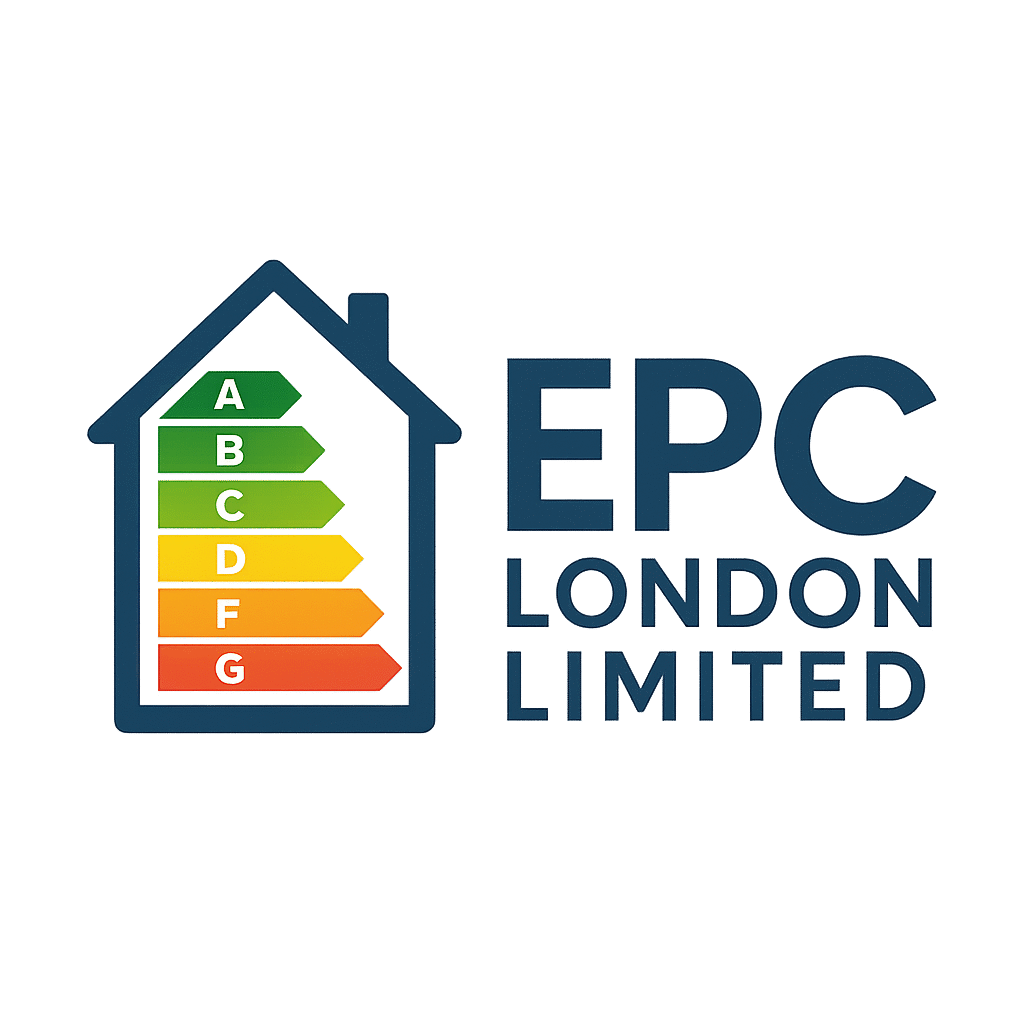Energy Performance Certificates (EPCs) are a key tool in the UK for assessing a building’s energy efficiency. However, questions have arisen about whether the software algorithms used to generate EPC ratings accurately reflect real-world energy performance. Understanding the methodology behind EPC calculations can reveal systemic biases and limitations that impact homeowners, tenants, and developers alike.
How EPC Software Works
EPC ratings are calculated using government-approved software tools, which assess a building’s energy efficiency based on factors like:
Building fabric (walls, roofs, windows)
Heating, cooling, and ventilation systems
Lighting efficiency
Renewable energy installations
These calculations rely on standard assumptions about occupancy patterns, heating schedules, and appliance use, rather than actual energy consumption.
How Algorithms Can Skew Results
1. Reliance on Standardized Data
EPC software uses default assumptions for building materials, system efficiency, and occupancy. This can lead to:
Overestimation of energy efficiency in poorly maintained properties
Underestimation in well-optimized homes with non-standard systems
The result is a disconnect between predicted and actual energy use, known as the performance gap.
2. Simplified Modeling of Complex Buildings
Complex building designs, such as mixed-use developments or homes with unconventional layouts, may not be fully captured by EPC software. Simplified modeling can misrepresent energy performance, especially in loft conversions, extensions, or listed properties.
3. Limited Consideration of Behavioral Factors
Algorithms assume a standardized occupancy pattern that may not match real-world behavior. Factors like heating preferences, appliance usage, or ventilation habits can significantly affect energy consumption but are not reflected in the EPC rating.
4. Updates and Regional Variations
EPC software is periodically updated, but regional variations in energy infrastructure, climate, and construction practices may not be fully incorporated. This can lead to inconsistent ratings across different areas.
Implications for Homeowners and Developers
Misleading Guidance: Homeowners may make decisions based on inaccurate ratings.
Financial Impacts: Lower-than-expected EPC ratings can affect property value, rental potential, and eligibility for incentives.
Policy Challenges: Policymakers may overestimate the energy efficiency of housing stock if relying solely on EPC data.
How Urgent EPC Can Help
Accurate EPC assessments require both software and expert interpretation. At Urgent EPC, we provide:
Residential EPC – Detailed assessments that account for real-world conditions.
Same-Day EPC – Rapid EPC reports for urgent needs.
Pricing Plan – Transparent pricing for all property types.
Contact Us – Expert guidance to interpret EPC results accurately and plan energy improvements.
Conclusion
While EPC software algorithms provide a standardized approach to assessing energy efficiency, their reliance on assumptions, simplified models, and limited behavioral data can skew results. Homeowners, developers, and policymakers should be aware of these limitations and consider expert analysis alongside EPC reports to ensure decisions are based on accurate, actionable information.
Using services like Urgent EPC ensures that EPC assessments are both compliant and reflective of real-world performance, supporting better energy efficiency outcomes and informed property decisions.





